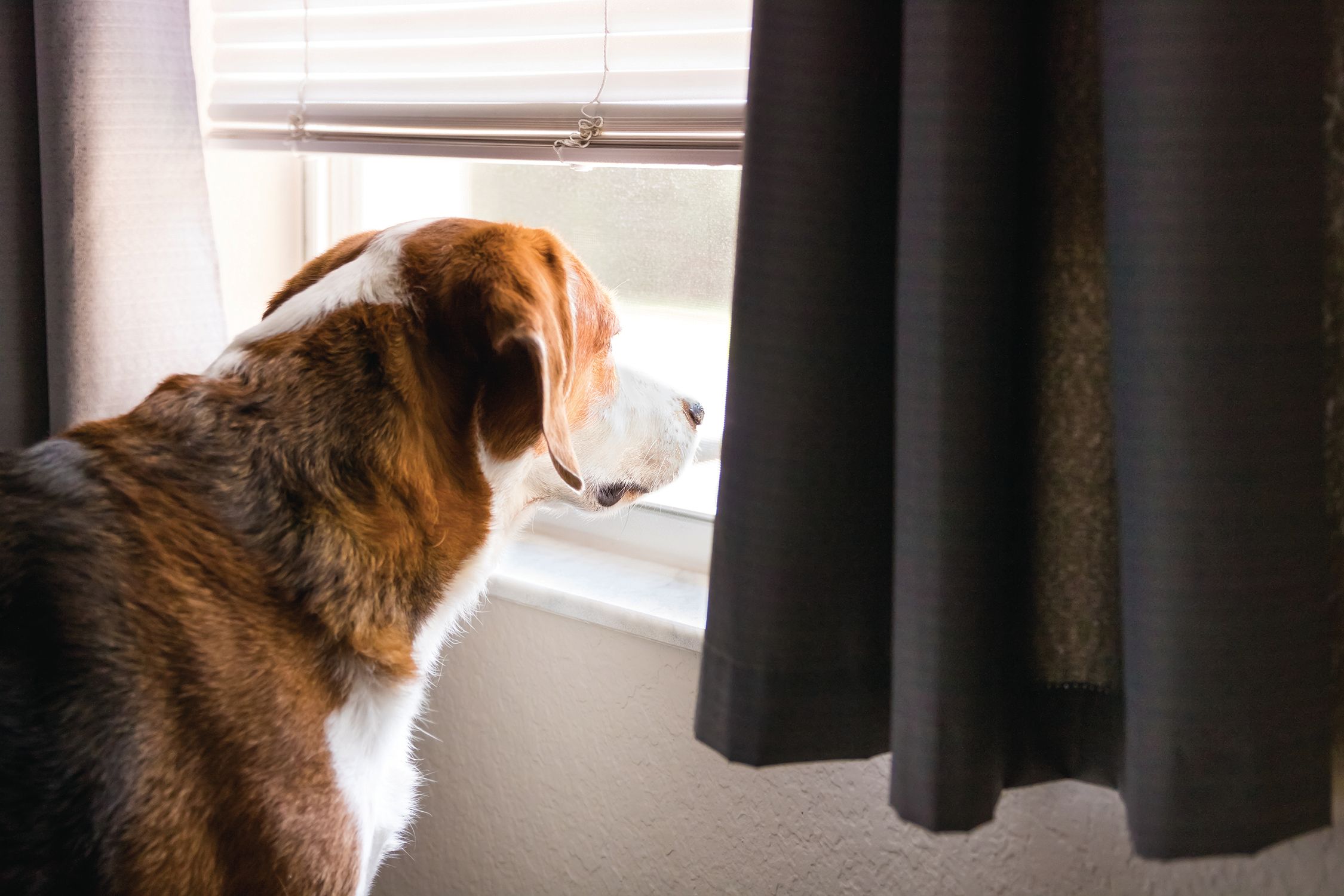Transitioning Pets to Post-Quarantine Routines
Courtesy of Niagara Frontier Veterinary Society
As we ease COVID-19 restrictions, get out more, and return to work, many pets are seeing their daily routines of hanging out with us come to an end. While some cats and dogs handle routine changes easily, others experience behavior issues, nervousness, or separation anxiety. A recent pet owner survey found nearly 70 percent are concerned that their pets will experience anxiety when they return to work. To prepare your pets for these changes in routine, consider these post-quarantine transition tips.
Make a plan. Whether your pet is a long-time family member, or newly adopted, have household members and pet caretakers agree on a plan. Before leaving the house, offer your pets belongings that make them feel safe and comfortable, adding small things that promote mental and physical stimulation, such as a safe treat.
Practice the new routine. Ease your pet into being alone by spending short periods away from them both in and outside the home, working your way up to hours of separation. Practice getting your pet accustomed to what happens before you leave, getting comfortable with a crate or other safe space, and acquainted with a new toy, treat, or someone who will check on your pet during the day. Also, before you leave, taking your pet for a walk or playing at home helps relieve their energy. When you leave, don’t make it a big deal. Say goodbye long before you leave then leave calmly.
Try a calming supplement. A nutritional supplement can help dogs and cats cope with anxiety a new routine brings. Ask your veterinarian about over the counter calming supplements, medications, or behavioral training that helps pets relax during stressful events. Calming supplements come in bite-size chews or liquid dosages and can help relieve stress for pets of all breeds and sizes but check with your veterinarian first.
Keep them stimulated. Don’t let your dog or cat feel bored when home alone. Play music, keep a television on, or use a white noise machine to create some constant sound. If your pet isn’t into watching television, keep him or her busy with a treat-dispensing toy that requires some work. Stuff a toy with peanut butter, freeze it, and give it to your dog when you leave. These can help keep your pet’s mind stimulated and encourage him or her to focus on something other than being alone.
Keep an eye on them. With today’s technology, you can easily set up cameras around the house to see what your pet is up to (such as inviting canine friends over to play or snooping where they’re not supposed to). Many include voice capabilities so you can talk with your pet during your absence.
Start thinking about a plan for your pet and ask your veterinarian if you have concerns about behavioral changes.
The Niagara Frontier Veterinary Society consists of 75 small animal hospitals and more than 200 practitioners in Erie and Niagara counties. Learn more at www.nfveterianrysociety.org












